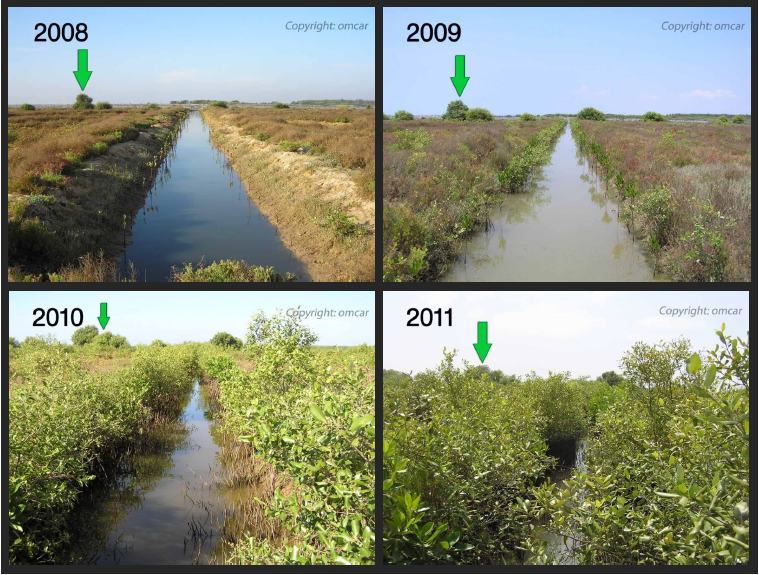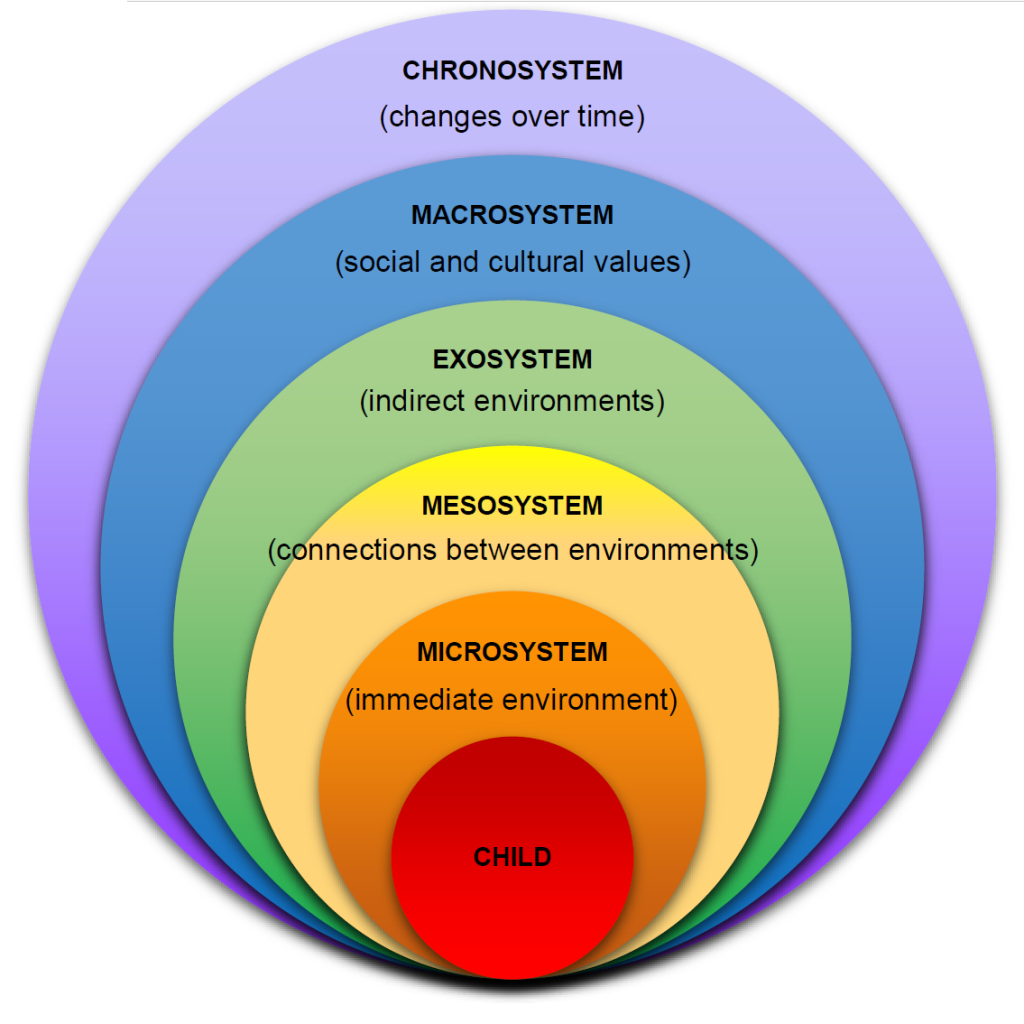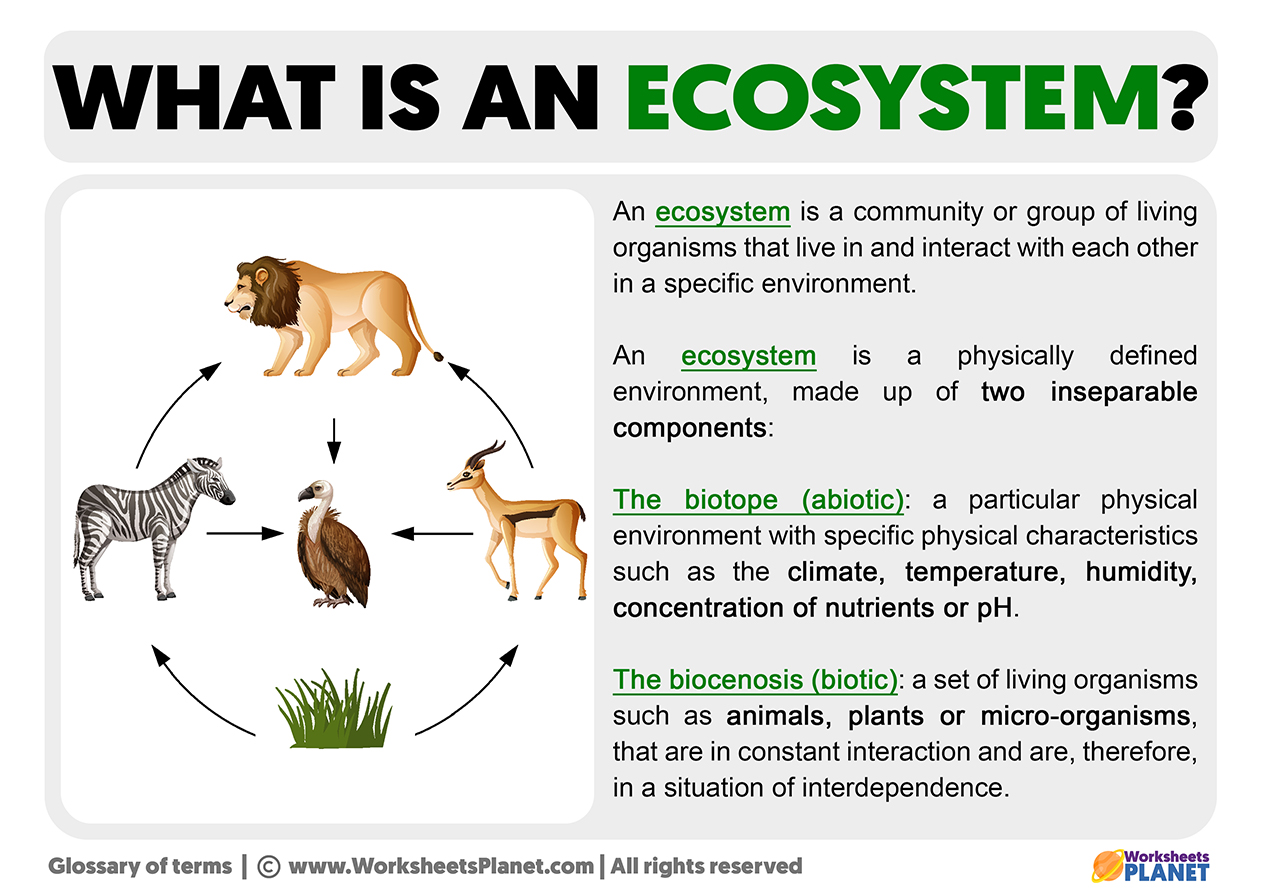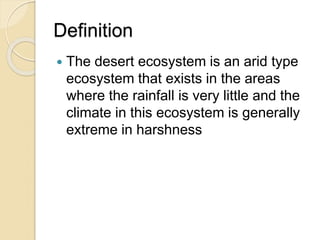Topic define ecosystem in geography: Explore the fascinating world of ecosystems within geography, uncovering the dynamic interactions between living organisms and their environments, and understanding how these complex systems sustain life on Earth.
Table of Content
- What are the components of an ecosystem in geography?
- Definition of Ecosystem
- Components of an Ecosystem
- Types of Ecosystems
- Functions and Importance of Ecosystems
- Energy Flow in Ecosystems
- YOUTUBE: What is an Ecosystem? AQA GCSE Geography Ecosystems 1
- Nutrient Cycles in Ecosystems
- Human Impact on Ecosystems
- Conservation of Ecosystems
- Examples of Ecosystems Around the World
- Challenges in Ecosystem Management
What are the components of an ecosystem in geography?
- Living Components:
- Plants: These are primary producers in the ecosystem, converting sunlight into energy through photosynthesis.
- Animals: Consumers in the ecosystem that feed on other organisms for energy.
- Microorganisms: Often unseen but crucial for nutrient cycling and decomposition processes.
- Non-Living Components:
- Abiotic factors: Includes soil, water, air, sunlight, temperature, and minerals that affect the ecosystem.
- Climate: The long-term weather patterns in an area influencing the type of ecosystem that can thrive.
- Topography: The physical features of the environment, such as mountains, rivers, and valleys, impacting the ecosystem.
- Interactions:
- Energy Flow: Transfer of energy from one organism to another through the food chain or food web.
- Nutrient Cycling: Recycling of nutrients like carbon, nitrogen, and phosphorus within the ecosystem.
- Succession: The natural process of changes in the ecosystem over time, from colonization to stabilization.
READ MORE:
Definition of Ecosystem
An ecosystem, in geography, is a complex system comprising both living organisms and the physical environment they inhabit. It is characterized by a dynamic interaction between plants, animals, microorganisms, and their abiotic surroundings (such as soil, climate, water, and sunlight) which work together to form a functional unit. This interaction facilitates the flow of energy and cycling of nutrients, thereby sustaining life.
- Biotic Components: These are the living elements of an ecosystem, including all plants, animals, and microorganisms.
- Abiotic Components: These refer to the non-living physical and chemical aspects of the environment that influence the biotic components, including sunlight, temperature, soil, and water.
Ecosystems are controlled by external and internal factors that determine their overall structure, function, and the distribution of living species. External factors include climate and geography, while internal factors involve the interactions between different species within the ecosystem. Ecosystems can vary in size from small ponds to large forests or even global biomes, showcasing the diverse interactions that sustain life across the planet.
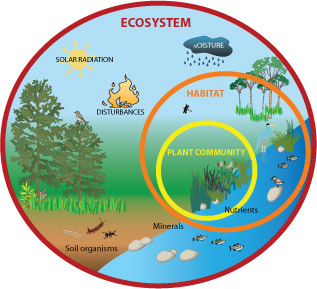
Components of an Ecosystem
Ecosystems consist of biotic (living) and abiotic (non-living) components that interact with each other in a complex network. These components are essential for the sustenance of life and the functioning of ecosystems.
- Biotic Components: These include all living organisms within the ecosystem, such as plants, animals, fungi, and microorganisms. They are categorized into producers (autotrophs), consumers (heterotrophs), and decomposers (detritivores).
- Abiotic Components: These encompass the physical and chemical environmental factors that affect living organisms. Examples include sunlight, temperature, soil, water, air, and nutrients.
Interactions between these components allow for the flow of energy and cycling of nutrients, thereby maintaining the ecosystem"s balance. Producers convert solar energy into chemical energy through photosynthesis, which is then passed through the food chain to consumers and decomposers, ensuring energy flow and nutrient recycling within the ecosystem.
- Energy Flow: Describes how energy is transferred from one organism to another within the ecosystem.
- Nutrient Cycle: Involves the recycling of nutrients between biotic and abiotic components, critical for ecosystem health.
Understanding these components and their interactions is vital for the conservation and management of ecosystems, highlighting the interconnectedness of life on Earth.
Types of Ecosystems
Ecosystems are classified into two main types: terrestrial and aquatic. Each type has distinct characteristics and supports a wide variety of life forms, adapted to their specific environment.
- Terrestrial Ecosystems: These ecosystems are found on land and include forests, grasslands, deserts, and tundra. They are characterized by the type of vegetation they support, which in turn influences the types of animals that can live there.
- Aquatic Ecosystems: These include freshwater ecosystems like lakes, rivers, and ponds, and marine ecosystems like oceans, coral reefs, and estuaries. The life in aquatic ecosystems is determined by factors such as salt content, water depth, and light availability.
Additionally, ecosystems can also be categorized based on their size and human impact:
- Microecosystems: Small-scale ecosystems such as a pond, a small woodland, or an urban park.
- Artificial Ecosystems: Human-made systems such as agricultural land or urban environments, where natural processes are managed to some extent.
Understanding the diversity of ecosystems is crucial for their conservation and the sustainability of the planet"s biodiversity.

Functions and Importance of Ecosystems
Ecosystems play a critical role in maintaining the balance of the earth"s environment by performing several key functions:
- Supporting Life: Ecosystems provide habitat for different species and are fundamental to biodiversity.
- Nutrient Cycling: They recycle nutrients, purify water, and mitigate pollution through natural processes.
- Carbon Sequestration: Ecosystems such as forests and oceans act as carbon sinks, reducing the impact of climate change.
- Regulating Services: They regulate climate, floods, diseases, and water quality, contributing to environmental stability.
- Provisioning Services: Ecosystems provide resources for human use, including food, raw materials, and medicines.
- Cultural Services: They offer recreational, aesthetic, and spiritual benefits, enhancing human well-being.
The importance of ecosystems cannot be overstated. They are vital for the survival of all living organisms by providing essential services that support life on Earth. Ecosystems also offer economic benefits by supporting industries such as agriculture, fishing, and tourism. Preserving ecosystems is crucial for maintaining biodiversity, ensuring natural sustainability, and combating the effects of global warming.
Energy Flow in Ecosystems
The flow of energy through an ecosystem is fundamental to the survival and sustainability of life within it. This flow begins with the sun, which provides the primary energy source for all ecosystems.
- Solar Energy: Sunlight is captured by producers (primarily green plants) through the process of photosynthesis, converting solar energy into chemical energy in the form of glucose.
- Transfer of Energy: The energy stored in producers is then passed on to consumers. Primary consumers (herbivores) eat the producers, secondary consumers (carnivores) eat the herbivores, and tertiary consumers eat other carnivores.
- Role of Decomposers: Decomposers (such as bacteria and fungi) break down dead organisms, releasing nutrients back into the environment and completing the energy cycle.
This energy flow is critical for ecosystem function, as it drives the nutrient cycles that support all life forms. Energy flow also illustrates the dependency of all organisms on one another and on the sun as an inexhaustible energy source.
- Energy is not recycled in ecosystems but flows in a one-way path from the sun to producers and then to consumers.
- The efficiency of energy transfer between the trophic levels is typically low, with a significant amount of energy lost as heat at each step.
Understanding the principles of energy flow can help in the conservation of ecosystems and in the sustainable management of natural resources.
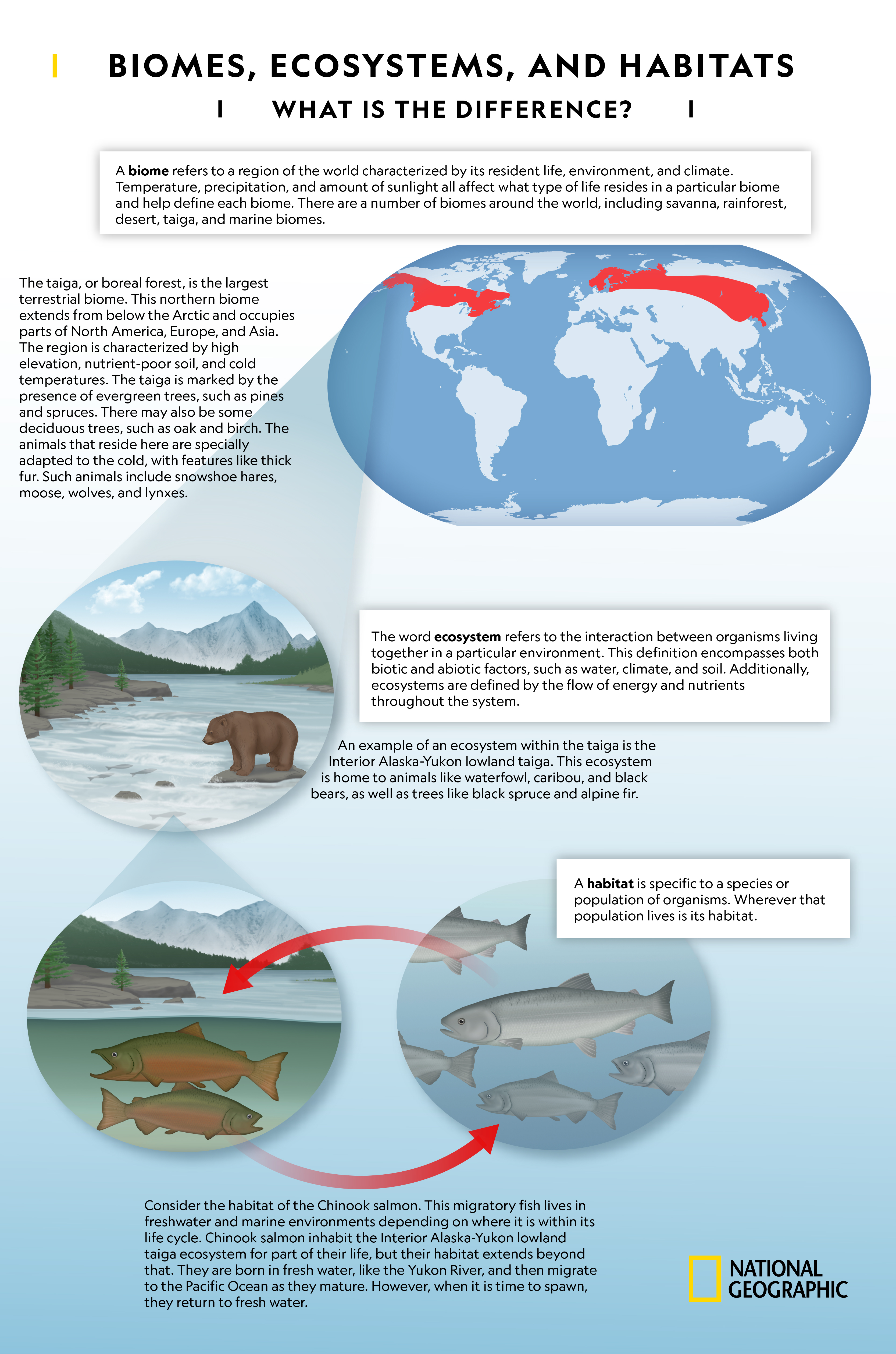
What is an Ecosystem? AQA GCSE Geography Ecosystems 1
Ecosystems: \"Dive into the fascinating world of ecosystems in this engaging video that showcases the diverse interactions between living organisms and their environments. Discover the beauty and complexity of nature!\" Geography: \"Explore the wonders of the world with this captivating video on geography. From stunning landscapes to cultural diversity, embark on a visual journey that will enrich your knowledge and inspire your sense of adventure!\"
What is Ecosystem? Environment Class 7 Geography
Watch Full Free Course: https://www.magnetbrains.com ✔️ Get Any Class & Subject\'s Topic Video Here:- ...
Nutrient Cycles in Ecosystems
Nutrient cycles, also known as biogeochemical cycles, are essential processes in ecosystems that recycle nutrients through biotic and abiotic components, ensuring the sustainability of life. These cycles enable the transfer of essential elements like carbon, nitrogen, oxygen, and phosphorus from the environment to organisms and back.
- Carbon Cycle: Involves the exchange of carbon among the biosphere, pedosphere, geosphere, hydrosphere, and atmosphere of the Earth. It is fundamental to the energy flow in ecosystems through photosynthesis and respiration.
- Nitrogen Cycle: Essential for the synthesis of proteins and nucleic acids, this cycle moves nitrogen between the atmosphere, soil, and organisms. Nitrogen fixation, nitrification, assimilation, and denitrification are key processes.
- Phosphorus Cycle: Critical for cell function, DNA, and energy transfer, phosphorus moves through the biosphere without a gaseous phase, primarily cycling through soil, water, and living organisms.
- Oxygen Cycle: Through photosynthesis and respiration, oxygen circulates between the air and living organisms, essential for cellular respiration.
- Water Cycle: Describes the continuous movement of water on, above, and below the surface of the Earth, crucial for transporting nutrients and organisms.
These nutrient cycles are interconnected, demonstrating the complex relationships and dependencies among organisms and their environment. Disruptions in these cycles can lead to ecosystem imbalance, highlighting the importance of preserving ecosystem integrity for the health of our planet.
Human Impact on Ecosystems
Human activities have profoundly impacted ecosystems across the globe, affecting their capacity to provide essential services for human survival and the well-being of the planet. Despite these challenges, there are positive ways in which humans can and do interact with ecosystems, contributing to their preservation and restoration.
- Reforestation and Afforestation: Initiatives to plant trees not only restore degraded lands but also increase biodiversity, enhance carbon sequestration, and improve water cycles.
- Sustainable Agriculture: Adopting farming practices that encourage biodiversity, such as crop rotation, organic farming, and integrated pest management, helps in maintaining healthy ecosystems.
- Conservation Efforts: Protected areas, wildlife reserves, and conservation programs aim to protect natural habitats and endangered species, preserving biodiversity and ecosystem services.
- Restoration Projects: Efforts to restore wetlands, rivers, and coral reefs are crucial for restoring ecosystem health and resilience, offering benefits like improved water quality and habitat for species.
- Green Infrastructure: Implementing green roofs, urban forests, and parks in cities supports biodiversity, reduces pollution, and mitigates the effects of urban heat islands.
- Community Engagement and Education: Raising awareness and involving local communities in conservation and restoration activities empower people to take action for their environment, fostering a sustainable coexistence.
- Eco-friendly Technologies: Advancements in technology, such as renewable energy, pollution control, and waste management systems, reduce the ecological footprint of human activities.
- Policy and Legislation: Strong environmental policies and regulations are critical for the protection of ecosystems against harmful practices and ensuring sustainable development.
Through these and other initiatives, humanity can mitigate its impact on ecosystems, ensuring their health and vitality for future generations. The stewardship of ecosystems is a shared responsibility, requiring concerted efforts from individuals, communities, and governments worldwide.

Conservation of Ecosystems
Conservation of ecosystems is a global priority aimed at protecting and sustaining the natural world for future generations. By preserving diverse habitats and the species that inhabit them, we ensure the maintenance of ecological balances and the services ecosystems provide, which are crucial for life on Earth. Conservation efforts come in various forms and involve a collaborative approach among governments, NGOs, communities, and individuals.
- Establishing Protected Areas: National parks, wildlife reserves, and marine sanctuaries offer safe havens for biodiversity, protecting ecosystems from the adverse effects of human activities.
- Legislation and Policy: Environmental laws, such as the Endangered Species Act and international agreements like the Convention on Biological Diversity, provide a legal framework for ecosystem conservation.
- Community-Based Conservation: Engaging local communities in the stewardship of their natural resources ensures the sustainable management of ecosystems, combining traditional knowledge with modern conservation practices.
- Restoration Projects: Rehabilitating degraded ecosystems, such as forests, wetlands, and coral reefs, is vital for restoring biodiversity and ecosystem services.
- Conservation Education: Programs aimed at educating the public about the importance of ecosystems and biodiversity play a crucial role in building a society that values and protects the natural environment.
- Sustainable Practices: Promoting sustainable agriculture, forestry, and fisheries helps reduce human impact on ecosystems, ensuring they remain viable and productive.
- Climate Change Mitigation: Efforts to reduce carbon emissions and increase carbon sequestration through reforestation and conservation of carbon-rich ecosystems combat global warming and protect ecosystems.
- Research and Monitoring: Scientific research and the monitoring of ecosystems are essential for understanding ecological processes, assessing conservation effectiveness, and adapting strategies as needed.
Conservation of ecosystems is not just about protecting nature for its own sake but also about recognizing the intrinsic link between healthy ecosystems and human well-being. It requires a commitment to sustainable development and a recognition of the value of biodiversity, ensuring a resilient and prosperous planet for all species.
Examples of Ecosystems Around the World
The Earth is home to a vast array of ecosystems, each with its unique characteristics and species. These ecosystems play a crucial role in maintaining the planet"s biodiversity and providing services essential for life. From the dense forests of the Amazon to the icy realms of Antarctica, ecosystems vary greatly in their composition and function. Here are some notable examples of ecosystems around the world:
- Tropical Rainforests: Located near the equator, tropical rainforests like the Amazon and Congo are known for their high biodiversity, dense vegetation, and significant role in carbon dioxide absorption and oxygen production.
- Coral Reefs: Often referred to as the "rainforests of the sea," coral reefs, such as the Great Barrier Reef in Australia, support a diverse range of marine life and protect coastlines from erosion.
- Deserts: Deserts like the Sahara in Africa and the Mojave in North America are characterized by their dry conditions, extreme temperatures, and specially adapted plants and animals.
- Grasslands: The savannas of Africa, the pampas of South America, and the prairies of North America are vast open spaces dominated by grasses, supporting large herbivores and predators.
- Arctic Tundra: The Arctic tundra, found in regions like northern Canada and Russia, is a cold, treeless ecosystem with a short growing season, inhabited by hardy species adapted to extreme conditions.
- Mountains: Mountain ecosystems, such as the Himalayas and the Rockies, vary greatly with elevation and have distinct zones of vegetation and wildlife.
- Wetlands: Wetlands, including swamps, marshes, and bogs, are areas of standing water that support aquatic plants and animals, playing critical roles in water purification and flood control.
- Forests: Temperate forests, such as those found in the northeastern United States and Europe, experience four distinct seasons and host a variety of trees, mammals, birds, and insects.
These ecosystems, among others, illustrate the planet"s incredible ecological diversity. They are vital for the Earth"s health and for humanity, providing essential goods and services, from clean air and water to food and medicines. Protecting these ecosystems is paramount for sustaining biodiversity and ensuring a stable environment for future generations.
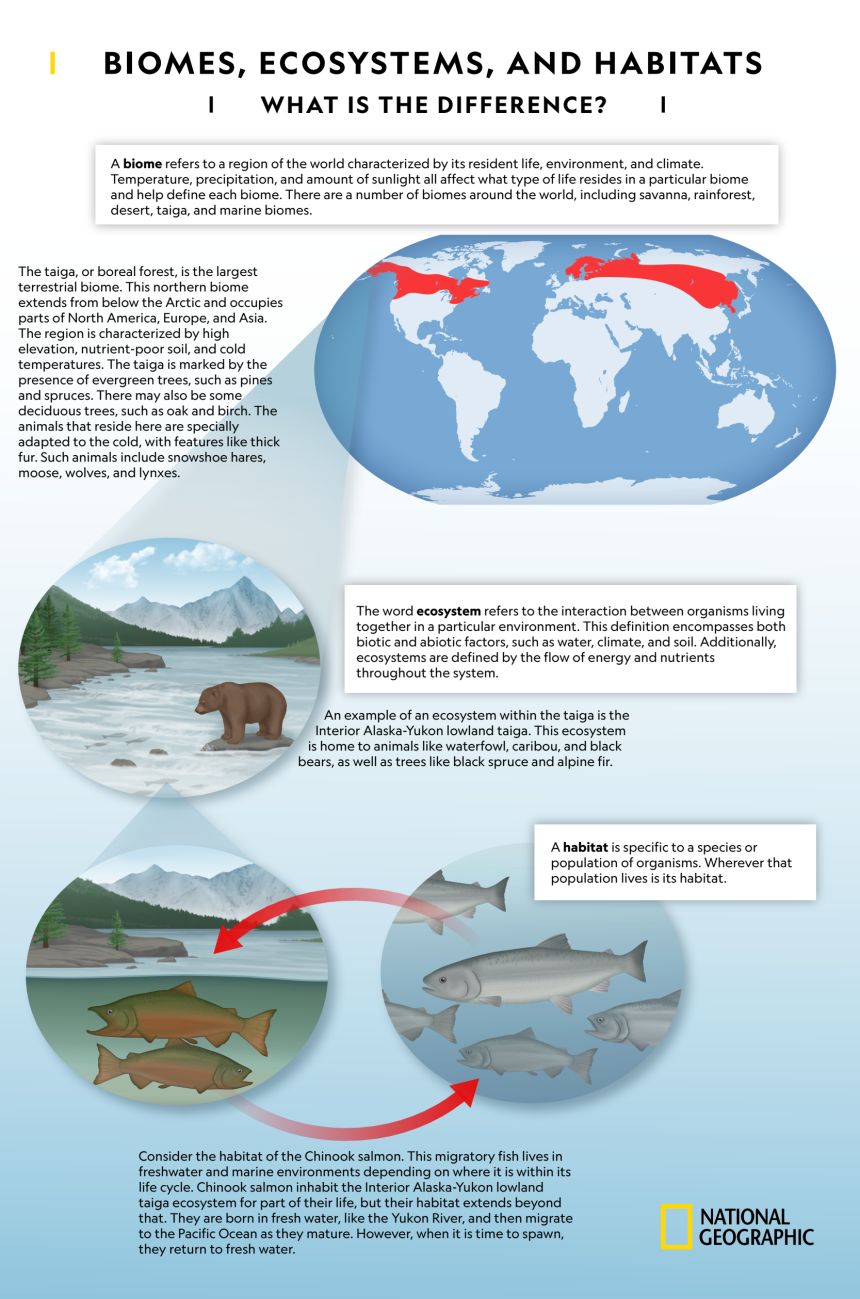
READ MORE:
Challenges in Ecosystem Management
Effective ecosystem management is essential for the preservation of biodiversity and the provision of ecosystem services. However, numerous challenges complicate these efforts, demanding innovative solutions and global cooperation. Recognizing and addressing these challenges is crucial for sustainable environmental stewardship.
- Climate Change: Rising temperatures and changing precipitation patterns disrupt ecosystems, affecting species distributions and increasing the vulnerability of certain habitats.
- Habitat Loss and Fragmentation: Urbanization, deforestation, and agricultural expansion lead to the destruction and fragmentation of habitats, limiting the space available for wildlife and disrupting ecological processes.
- Invasive Species: Non-native species can outcompete, prey on, or bring diseases to native species, leading to significant ecological imbalances and biodiversity loss.
- Pollution: Air, water, and soil pollution from industrial, agricultural, and urban sources can degrade ecosystems and harm both plant and animal life.
- Overexploitation: Overfishing, hunting, and harvesting at unsustainable rates deplete resources and endanger species, leading to long-term ecological consequences.
- Policy and Governance: Inadequate environmental policies, lack of enforcement, and conflicting interests between conservation and development objectives pose significant barriers to effective ecosystem management.
- Financial Constraints: Limited funding for conservation efforts and ecological research hampers the ability to implement and maintain effective management strategies.
- Public Awareness and Engagement: Insufficient awareness and involvement of the public in conservation efforts can limit the support and action needed for ecosystem preservation.
Addressing these challenges requires a multidisciplinary approach that includes scientific research, community involvement, policy reform, and international collaboration. By fostering an understanding of ecosystems and their importance, promoting sustainable practices, and investing in conservation, we can overcome these hurdles and ensure the health and resilience of the planet"s ecosystems for future generations.
Exploring the intricate tapestry of ecosystems reveals the beauty of our planet and underscores the critical need for conservation. Join us in safeguarding these natural treasures to ensure a vibrant, sustainable future for all species.

